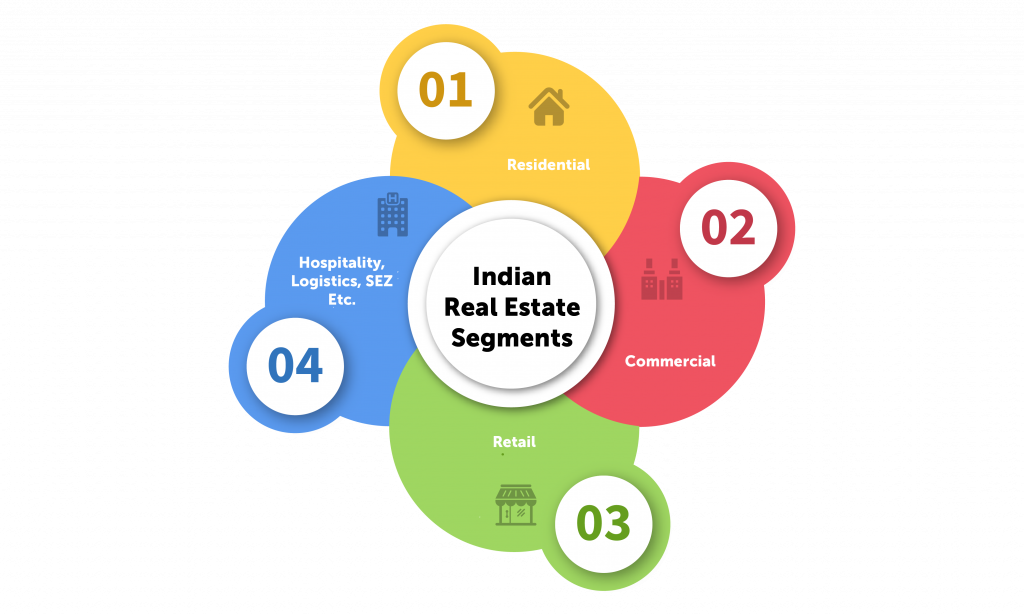Scaling TheHousemonk in India’s Messy Real Estate Industry: Scaling journey of Ajay from TheHouseMonk

India’s messy real estate industry
In this episode which covers the scaling journey of Ajay from TheHousemonk, we discuss the state of India’s real estate industry and the opportunities.
Owning a home is everyone’s dream. In fact, the housing sector has contributed to much of the economic growth in the west and in the developing nations. Unsurprisingly in India as well, over the last two decades much of the growth has come from the housing sector. Managed by local govt, housing sector is anything but in a desirable state.

The chaos that permeates the Indian landscape can be vastly seen in the housing sector as well. An interesting fact here to note is that about 80-90 percent cases pending in the Indian courts are property related. This is because of the disorganized nature of the Indian property landscape, the documentation and legality associated with it along with the rudimentary nature the sector operates in.
While the sector has several large names such as Brigade, Prestige, Hiranandani, DLF, Sahara Group and other respected names also have had a messy growth story. Given this scenario how does one scale a housing company?

Listen to the scaling journey of Ajay from The HouseMonk in the Indian housing sector.
How Ajay started TheHousemonk
Ajay was a Newly mined graduate at MuSigma, one of India’s premier Unicorns in the data analytics space. On a fine day, while house hunting, he is bewildered by the commission the broker makes for the little value that he added.
Unlike most renters, Ajay felt that getting compensated disproportionately compared to the value he added. He takes a deep dive and 2 months later, quits his high paced and exciting job to found HouseMonk in 2014.
Knocking on the doors of scale
HouseMonk currently has over 100,000 properties managed thru its product. They are pushing the levers of scale in the housing sector with their product. The journey thus far is interesting and full of ups and downs.
A fascinating listen about the scaling journey of Ajay from HouseMonk in the Indian housing sectors.
Scaling Journey of Ajay From TheHouseMonk
Here are some excerpts from the episode. Listen to the whole episode for the full scoop.
Scale journey so far
I think we’re touching 100 clients at the moment, or maybe we’re just a little short of it. But that’s the broad ballpark we were at. So we’ve grown about 250 percent this year, from start to finish. Ideally, we were shooting for about 400% growth this year. But then COVID had other plans. But we’re still happy with you know, where we got this year to 50%.
Ajay 1:40
What the initial idea was
Our initial idea was to potentially give a very end to end solution. The real pain point, which very ironically, still exists today, seven years later, is that there were a lot of property portals and real estate aggregators, but they just show listings. They don’t take account of enabling the transaction, which happens offline, typically directly with the landlord, or, in most cases with the broker as well.
Ajay 7:00
Why did the pivot happen?
We had a reasonably big tech enabled property management business, called Cozyhomes. It was going reasonably well. Not much to complain. The business was actually profitable, it was growing about like 10%, on a bad month and about 20% on a good month.
It was going fine, didn’t really have any problem with it, but was not scaling as quickly as what our aspirations wanted it to. And primarily because there was an offline component.
Ajay 39:57
How to think about building a team
At an early stage, when you’re still finding product market fit, I think you should not have more than three engineers in your team. Three good engineers, and one product designer should be your initial team till you find product market fit.
The only reason I say that is maybe it’s four, maybe it’s five, but it’s not 20 engineers. And I see quite a lot of Indian companies, you know, who just keep scaling number of engineers that quickly, you know, what happens is that when you have a lot of engineering bandwidth, you start building features that might not be present.
Ajay 1:02:06
Show Notes

Follow Maharajas of Scale On Twitter (@maharajaofscale)
Ajay is on LinkedIn here: @ajaykumar
